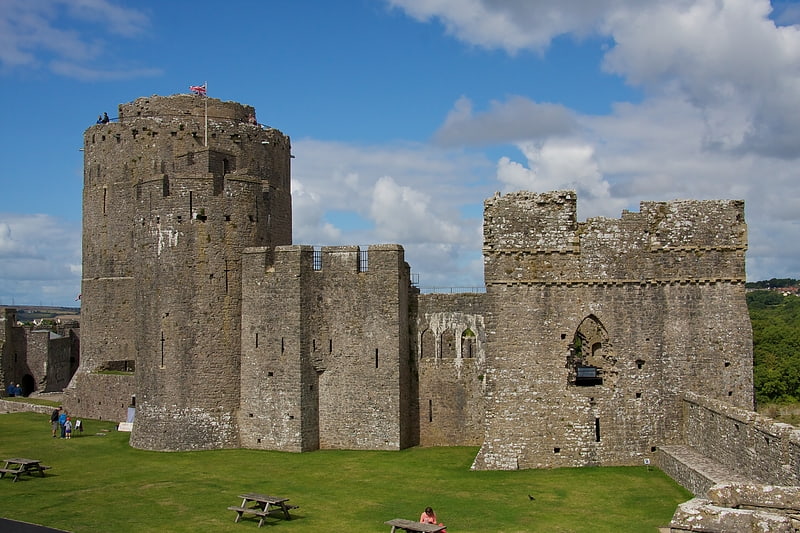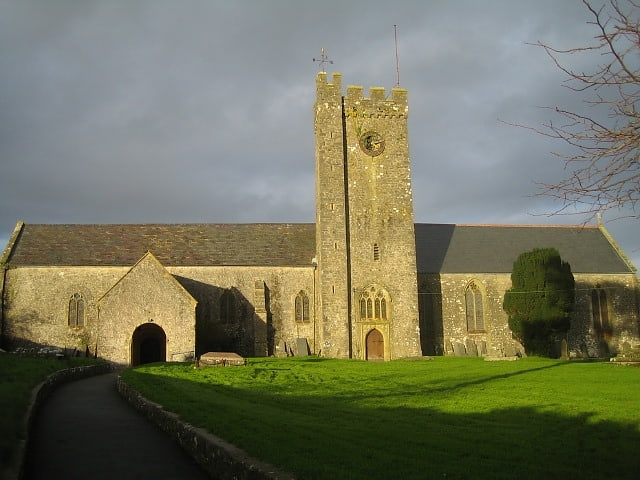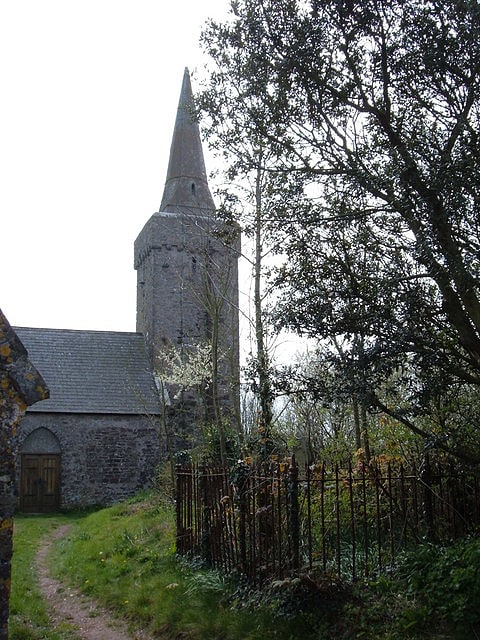Discover 6 hidden attractions, cool sights, and unusual things to do in Pembroke (United Kingdom). Don't miss out on these must-see attractions: Pembroke Castle, St Nicholas & St John, and St Mary's Church. Also, be sure to include Pembroke town walls in your itinerary.
Below, you can find the list of the most amazing places you should visit in Pembroke (Wales).
Table of Contents
Pembroke Castle

Fortress where Henry VII was born. Pembroke Castle is a medieval castle in the centre of Pembroke, Pembrokeshire in Wales. The castle was the original family seat of the Earldom of Pembroke. A Grade I listed building since 1951, it underwent major restoration during the early 20th century.
In 1093, Arnulf of Montgomery built the first castle at the site when he fortified the promontory beside the Pembroke River during the Norman invasion of Wales. A century later, the castle was given by Richard I to William Marshal, who became one of the most powerful men in 12th-century Britain. He rebuilt Pembroke Castle in stone, creating most of the structure that remains today. The castle is open to the public and is the largest privately owned castle in Wales.[1]
St Nicholas & St John

The Church of St Nicholas & St John, formerly the Priory Church of St Nicholas, is the parish church of Monkton, a village on the south bank of the Milford Haven Waterway, in south Pembrokeshire, Wales. The church's medieval origins link it to Monkton Priory, founded in the 11th century. It is a Grade I listed building.[2]
St Mary's Church

St Mary the Virgin is a church located in the town of Pembroke in Pembrokeshire, west Wales. The church is in the Diocese of St David's within the Church in Wales, and members of the Anglican Communion. Since 2004, it has been a part of the Monkton Rectorial Benefice.[3]
Pembroke town walls

Pembroke's town walls are a Grade II*-listed medieval defensive structure around the town of Pembroke, Pembrokeshire, Wales. They were probably built beginning in the late 13th century by the Earls of Pembroke, although it is uncertain when they were finished. Most of the walls have not survived, but there are visible sections and two bastions exist, one with a restored late 18th-century gazebo atop it.[4]
St Daniel's Church

St Daniel's Church is a Grade I-listed church in Pembroke, Wales, situated on a hill approximately 1.1 kilometres south of Pembroke Castle. One of the oldest churches in the area, it is located on an ancient, pre-Norman site associated with Saint Deiniol throughout the 6th century. The saint to whom it is dedicated is Deiniol, who according to tradition was the first Bishop of Bangor. It is claimed that Deiniol had a hermit's cell on the site, pre-dating the church, and the site has also been linked to Saint David. The site gained a reputation for miraculous healing, and became a shrine for pilgrims who would drink from the well. The current structure dates to the 14th or 15th century. It underwent repair in 1780, and again in 1849 and 1893. It became a Grade I-listed building on 10 February 1951. Today, the church, a small structure built of rubble stone with a slate roof, is disused. It has a nave, a chancel, and a spire, with a tower on the western side.
By 1832 the building was in private hands and it was being bought and sold along with the land on which it was built. At the end of the 19th century it was in use only as a cemetery chapel.[5]
Monkton Old Hall

Building in Pembroke, Wales. Monkton Old Hall is a Grade I listed building in Pembroke, Pembrokeshire. While the chimney is of Norman architecture, the rest of the building dates from the 14th century with restorations in the late 19th and early 20th centuries.[6]
Address: Pembroke, 9 Bridgend Terrace, Pembroke SA71 4LW